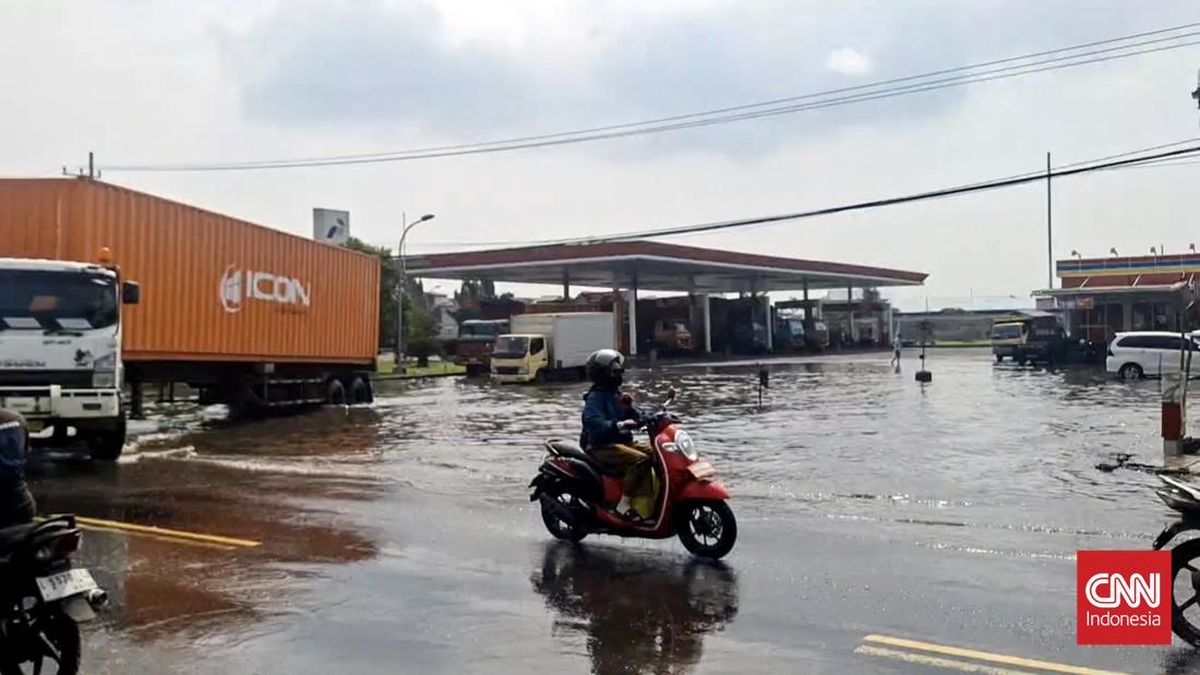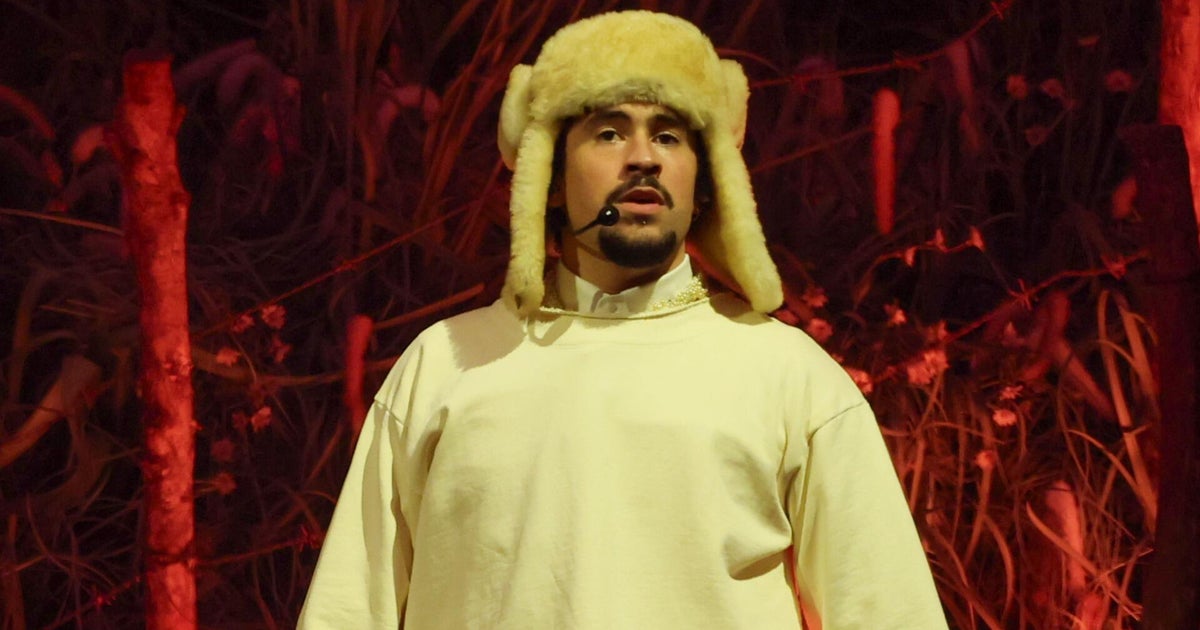November 18, 2025 — 5:00am
“To Japanese people our sacred mountain is Fujisan, not Mount Fuji,” says our guide Aimi, gesturing towards the snow-capped silhouette, its lower shoulders wrapped in a shawl of grey clouds. “We must show respect at all times.”
From the curve of a red-lacquered bridge at the Fujisan Hongu Sengen Taisha Shrine, I take in the near-perfect cone. Fresh water flows beneath my feet, while a torii gate stands sentinel in the distance. Overhead, the boughs of cherry trees form a botanical frame, their spring blossoms drifting like pink rain.
Just 100 kilometres south-west of Tokyo, rising between Yamanashi and Shizuoka prefectures, Mount Fuji is Japan’s highest mountain at 3776 metres. Worshipped since ancient times, revered by poets and artists, and inscribed as a UNESCO World Heritage site, this sacred peak stands at the heart of the country’s cultural identity.
We’d first seen the mountain the previous afternoon from the Aquavit Terrace of Viking Venus on our approach to the port of Shimizu. To see the towering volcano free of clouds is one thing, to watch it come into focus from across the ocean – cocktail in hand - is an experience for the fortunate few.
It’s day 12 of our 15-day Far Eastern Horizons itinerary when we set out on a full-day, Highlights of Mount Fuji tour. There’ll be a lot of driving and some stops will be brief, but tracing the base of the mountain with a guide promises two rewards; rich insights into the volcano’s cultural history, and a chance to side-step the crowds.
“Fujisan reflects beauty, harmony and perfection,” says Aimi. “Yet many visitors treat her as little more than a photo stop.”
Leading us to a quiet section of the shrine, Aimi talks about the issues of overtourism, and how some towns have had to erect barriers to help control traffic congestion.
Climbers too are a concern with more than 200,000 each year tackling the five-to-seven-hour walk to the summit, mostly during the official climbing season from early July to mid-September. To manage the summer crush, authorities introduced a booking system in 2024 limiting walkers on the Yoshida trail to 4000 a day. And while some climbers are here for religious reasons, for others – particularly the “bullet climbers” trying for a non-stop ascent – it’s a box to tick.
Back on the coach we continue in an anti-clockwise direction, with Fujisan our constant, if temperamental, companion. One minute the elusive muse is playing peek-a-boo through the forest, the next she’s lost in the clouds. By the time we reach Mizugatsuka Park lookout, the famous landmark has all but disappeared.
We don’t last long either. At 1400 metres – the second station of 10 to the summit – it is bitterly cold, with a howling wind and near white-out conditions. On a clear day, the lookout provides a unique angle of Fujisan with Mount Hoei to the right, and the remains of a crater from a past eruption. But not on this day.
Continuing northwards we trade the mountain’s southern flanks in the Shizuoka prefecture for the quieter Yamanashi prefecture. At the Fujisan World Heritage Centre we learn about the seismology of this still active volcano (it last erupted in 1707) and why it was inscribed under the title “sacred place and source of artistic inspiration”. The 15-metre wide model of Mount Fuji made from washi paper is remarkable, but nothing beats the real deal outside, which is now showing yet another dashing angle.
After a traditional Japanese lunch it’s a picturesque drive through the Fuji Five Lakes district, an area known for outdoor activities, hot springs and “double diamond” views of Mount Fuji reflected in the still waters.
We may not be pilgrims or hard-core adventurers, but for one glorious day we’ve enjoyed 360-degree views of Fujisan. All without breaking a sweat.
The details
Cruise
Viking Cruise’s 15-day Far Eastern Horizons cruise from Hong Kong to Tokyo (or reverse) is priced from $16,195 a person, based on double occupancy; a companion flies free up to $2500 per booking. All meals, beer, wine and soft drinks with onboard lunch and dinner, one shore excursion per port of call, Wi-Fi, gratuities and speciality dining are included. See viking.com
Fly
Qantas flies daily direct from Sydney and Melbourne to Hong Kong. See qantas.com
Sign up for the Traveller Deals newsletter
Get exclusive travel deals delivered straight to your inbox. Sign up now.
Kerry van der Jagt is a Sydney-based freelance writer with expertise in Australia's Indigenous cultures, sustainable travel and wildlife conservation, and a descendant of the Awabakal people of the mid-north coast of NSW.










































